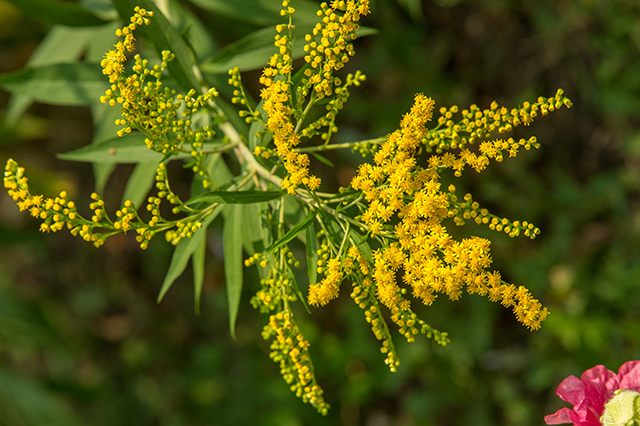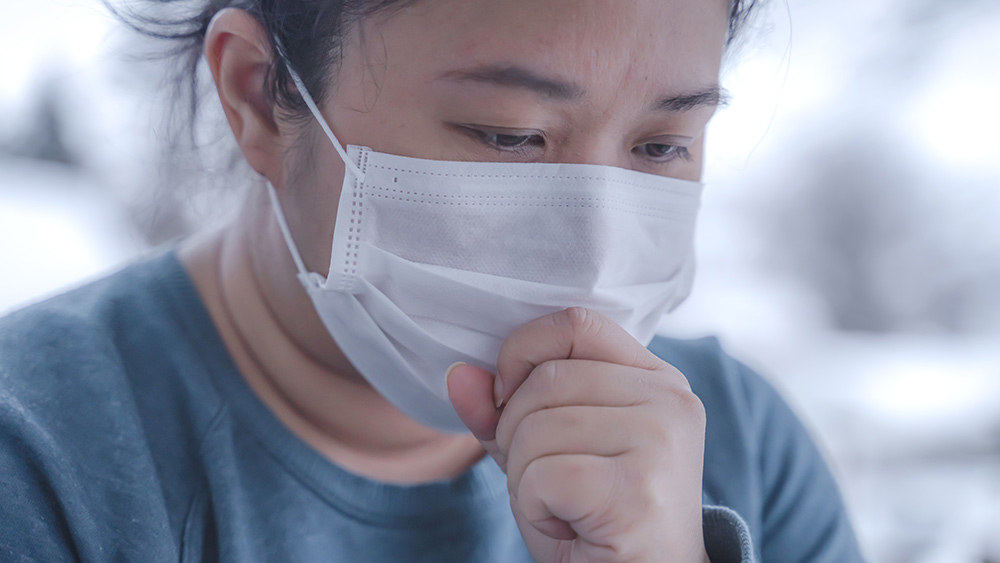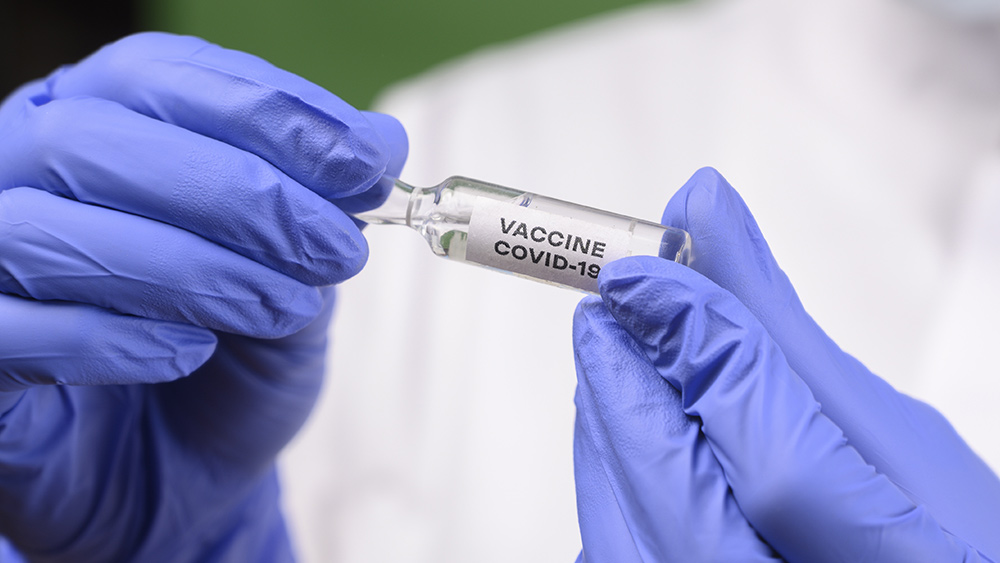As more countries emerge from coronavirus lockdowns, concerns arise about second wave of infections
05/05/2020 / By Franz Walker

Around the globe, nations are beginning to relax their lockdowns following an initial peak of coronavirus (COVID-19) infections. While this is happening, attention is now turning to how these nations can avoid a “second wave” of infections as social distancing is eased.
Two of the hardest-hit nations in the world, Spain and Italy, have begun to allow people outside to exercise for the first time in almost two months. Meanwhile, in the United States, several states are now allowing businesses to open.
France is set to lift its confinement measures on May 11. French Prime Minister Edouard Phillipe said that there is a “fine line” between lifting restrictions on movement and avoiding a new surge in coronavirus infections.
“The risk of a second wave — which would hit our already fragile hospitals, which would need us to reimpose confinement and waste the efforts and sacrifices we’ve already made — is serious,” Phillipe said last week.
Preparing for a possible second wave
Social distancing measures have been effective in flattening the curve of new coronavirus infections, buying healthcare systems much needed time to recover and regroup. However, it also means that a much smaller percentage of the populations are likely to have been infected by the virus and developed an immunity to it.
In France, experts estimate that only around six percent of the country’s population will have been infected by May 11. Even in the country’s virus hotspots, it’s believed that only 25 percent of people caught the virus during the outbreak’s first wave.
“It will take several weeks or even several months to see the virus circulating again,” stated virologist Anne Goffard to radio station France Inter.
According to Goffard, the second wave of infections was likely to hit “at the earliest, at the end of August.”
Experts divided on how bad the second wave will be
While most experts more or less agree that a new spike in infections is coming as lockdowns are eased, there is some debate on how this second wave will compare with the first.
Senior health officials in countries like the U.S. and Germany have warned that it could bring even more infections than the peak during March and April. Director Robert Redfield of the Centers for Disease Control and Prevention has expressed worries that the second wave could also coincide with a seasonal flu epidemic, compounding the situation if the former hits in winter.
Others, however, feel that the changes in people’s behavior could slow down new cases. According to Pierachille Santus, a lung expert based in Milan, the second wave of infections will likely be “smaller than the first,” thanks to control measures.
One unknown factor is how the virus behind COVID-19 responds to warmer weather. Other viruses tend to go dormant during the summer months.
“There’s probably a link [between the virus] and heat and humidity,” stated Jean-Francois Delfraissy, president of France’s science council. Delfraissy said that they’re “expecting a peaceful Summer,” though he warned that it virus could return forcefully next year.
However, some are saying that the summer heat will not slow down the coronavirus. Studies from China have shown that changes in the weather had no effect on the transmission rate of the virus when it first broke out there.
Social distancing and mask-wearing could blunt the second wave
Even if businesses reopen and people return to the streets, the behaviors people have picked up during the lockdowns — keeping their distance, avoiding touching their face, washing hands and wearing masks in public — could slow down the spread of the second wave.
One model, run by the Public Health Expertise research group, showed that such measures could reduce the expected total deaths from COVID-19 to 85,000 in France, down from an expected 200,000 without social distancing or mask-wearing.
However, even with these best-case scenarios on new infections, the healthcare systems will still likely be inundated with new cases.
Sources include:
Tagged Under: China, coronavirus, covid-19, Flu, France, hygiene, infections, Italy, outbreak, pandemic, second wave, social distancing, Spain, superbugs, USA, virus




















